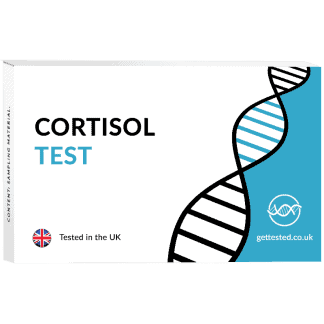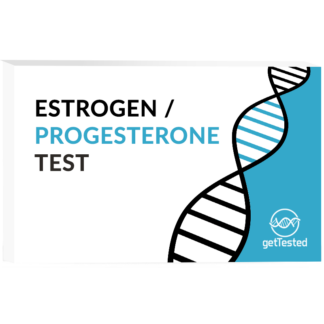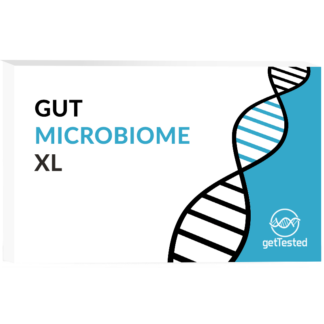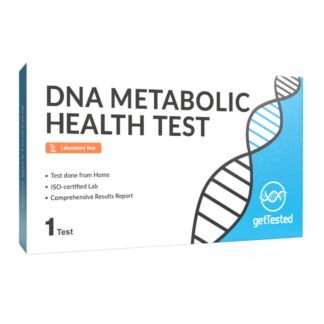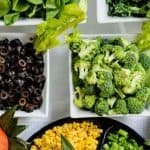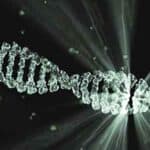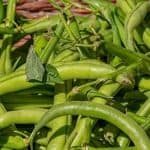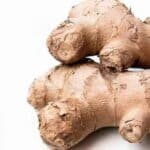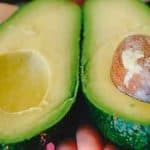
The process of DNA testing is relatively new to the scientific community; however, it is a promising technique that hides enormous potential. After receiving a sample from your body tissue (e.g. hair, blood, saliva), technicians will isolate the DNA, using chemical reactions. The next step would be the sequencing of DNA, which is like reading the DNA to find certain patterns. The final step in this process is comparing your DNA to the database to look for any abnormalities. Now that you’re familiar with DNA testing, let’s see how this technique could help with your diet.
How can DNA testing help with your diet?
At first glance, the relationship between your DNA and the food you eat might seem vague. However, DNA is what makes you who you are; so, it makes sense that not all digestive systems handle food the same way. For instance, the way we metabolize food is different from one person to another, depending on their basal metabolic rate (BMR). Moreover, the ratio of macronutrients (e.g. carbohydrates, fat, protein) that makes us the healthiest is individual-based. When you send a tissue sample to the laboratories that provide this service, you should expect to get a personalized ratio of macronutrient intake that optimizes your health status.
How accurate is this technique?
While scientists are somewhat comfortable with DNA testing, the use of this technique to determine the type of food you should be eating is a novel procedure; thus, the sensitivity and specificity of the process are still a topic of controversy. If you have any questions about this topic, feel free to ask in the comment section below.


